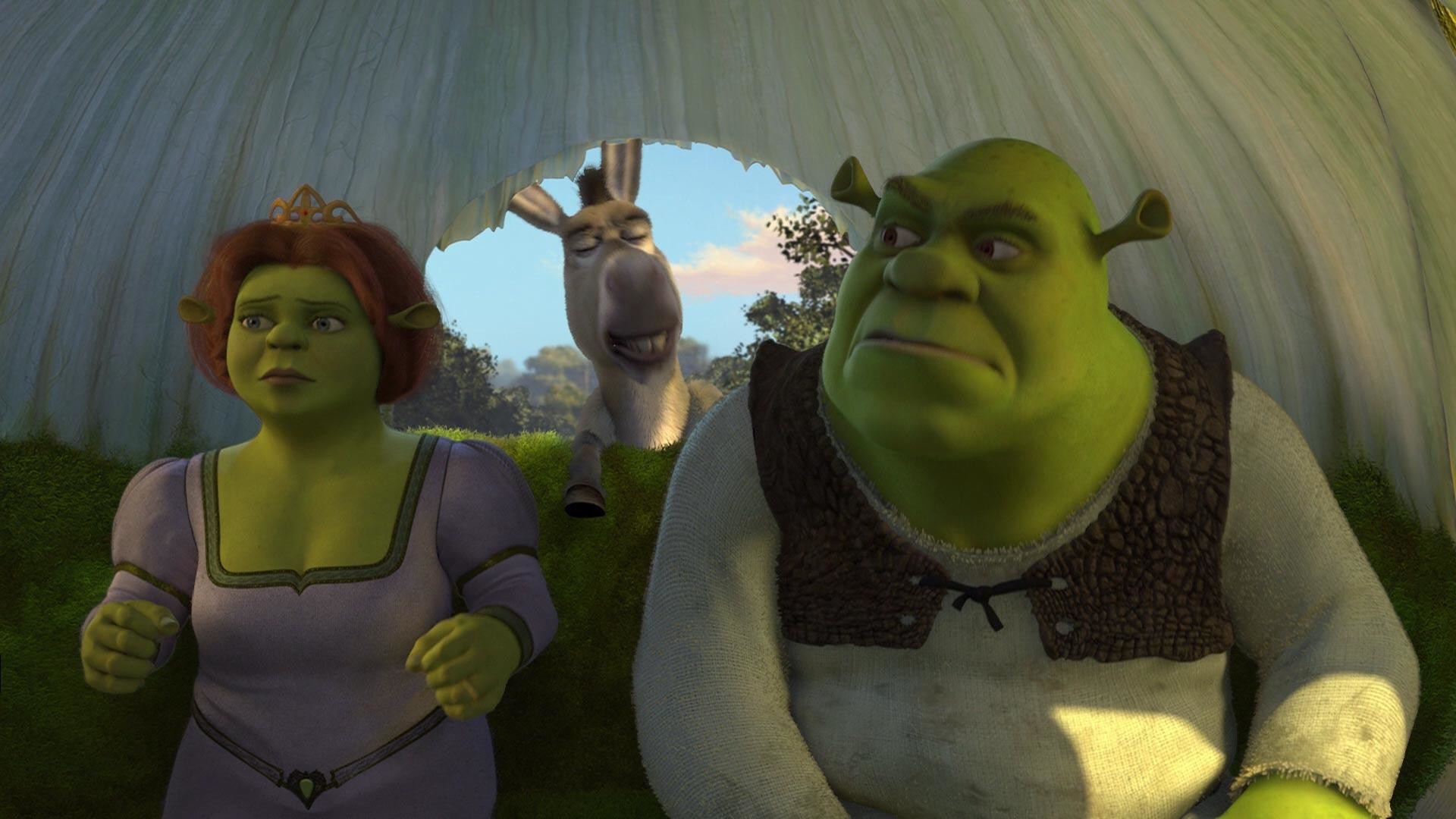Introduction
The world seems to be getting more and more unsafe for transgender people. Varying legislation in the USA and the UK are having negative impacts on the mental health of trans people. From making gender-affirming healthcare less accessible to not acknowledging pronouns, the world seems to be hyperfocused on attacking people who aren’t cisgender. Though adults are unfortunately often the victims of hate crimes, the toll isn’t less on children. They aren’t allowed to claim different identities from what they’re assigned at birth, and often even lack the resources required to understand how they’re feeling. There are severe efforts being made to hide awareness that some people are transgender, feeling a different gender identity that does not align with their expected gender and birth sex.
This causes children with trans identity to grow up with a lot of resentment for themselves. Films can often alleviate the alienation by presenting realities where these feelings are shared by characters. Animation as a medium of storytelling is in no way meant just for children but the following four films can be thought to be open to all ages including children and as I hope my readings will reveal, they could be interpreted as transgender stories.
‘Shrek’ (2001) dir. Vicky Jenson, Andrew Adamson
Monster stories can easily be read as queer allegories because they bear similarity with the phenomenon of othering. That applies to Dreamworks’ Shrek as well. Shrek is an ogre, assumed to be scary, and hunted by men. He is, however, happy with being ostracized like that, enjoying his solitude that comes from living up to people’s impression of him. He keeps to himself and even chases away Donkey, who tries to befriend him. The evil King is rounding up all magical creatures, but they manage to escape and take shelter in Shrek’s swamp. Shrek wants his solitude back and so goes all the way to the King’s castle to have a word with him. Shrek is tasked with rescuing the princess Fiona, on the condition that if he succeeds, all the magical residents in his swamp will be removed from there, effective immediately. Fiona lives in a secluded fortress guarded by a dragon, but with his abilities, both physical and mental, Shrek is able to rescue her with the help of Donkey and some good luck. As they go back to the King’s castle, Fiona and Shrek fall in love with each other, but due to a misunderstanding, Shrek hands her over to the King and goes back to his swamp, which is now empty. Donkey comes to their rescue, clarifies things with Shrek, and takes him to the castle where Fiona’s getting married. A true love’s kiss can set her free of the curse of turning into an ogre every night, but when Shrek kisses her, Fiona stays an ogre. They then live together as a married couple.
The queer allegory in Shrek is in his inhuman treatment as an outcast. He lives alone, not even hoping for acceptance. He’s different from the men in the Kingdom and he knows he’ll never belong with them. People are afraid of him. Most queer people can relate to others having a phobia of their sexuality. Moreover, his self-image is damaged from years of ostracization. He looks at Fiona in her dainty damsel form and immediately dismisses himself as her potential lover. Living in the closet and having to hear homophobic and transphobic ideals exchanged all the time often leads queer people to internalize negativity in a similar way. Shrek even behaves in ways people accuse him of, because he knows there’s no other way that they will ever think of him.
The queer allegory becomes specifically a trans allegory when you consider the story of Fiona. She has been cursed to turn into an ogre every night. Even after Shrek rescues her, she continues to hide her monstrous form every night, finding enclosures to sleep in so that no one can see her ogre form. She’s too afraid of what others, Shrek included, will think of her true self. She is ashamed and this lack of self-acceptance is similar to the experience of queer individuals in a cisheteronormative world that tells them their identity is a horrible mistake.
Shrek is empowering because of how Fiona’s story ends. When she’s kissed after sunset, by Shrek, who truly loves her for who she is, she doesn’t transform back into a princess, but stays an ogre. When she transforms into an ogre in front of Shrek, he immediately says “well, er… that explains a lot.” The ogre form was her true form all along! It’s reminiscent of when you come out and loved ones tell you that there were many signs along the way. Fiona feels seen by Shrek, and eventually accepts herself. Her “un-princess-like” qualities, like burping loudly or being amazing at fighting all make sense to her, and she decides to marry the man who helped her find enlightenment and self-love. I hope every trans kid sees the film and finds love for themselves.
Hounorable Mentions
Another animated Disney feature that has a trans allegory is Luca (2021) dir. Enrico Casarosa.It feels like a lost opportunity in many ways though because it pulls back instead of wholeheartedly committing to the allegory unlike Cartoon Saloon’s Wolfwalkers (2020) dir. Tomm Moore, Ross Stewart. The latter is a more succinct but more obvious allegory with a story that clearly alludes to a queer experience. Both of the films are monster stories, focusing on the element of transformation. But Wolfwalkers depicts a sense of liberation in the characters that they feel when they transform. Luca sends a confusing message in contrast because it seems to depict a coalition, which still feels coerced nonetheless. Coexistence is a harmonious message, but it often comes with the cost of curtailment of personal freedom.

Comments